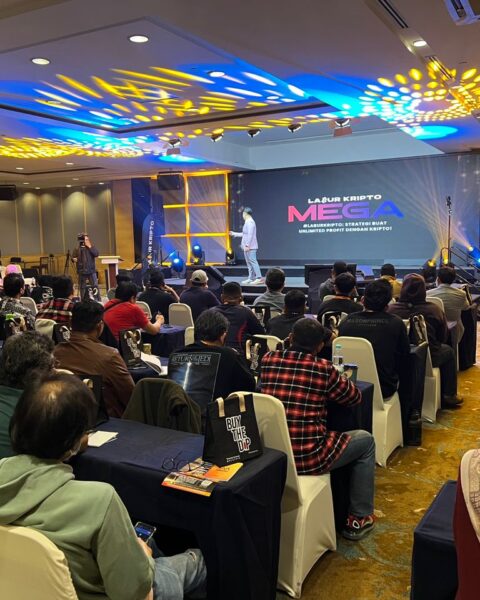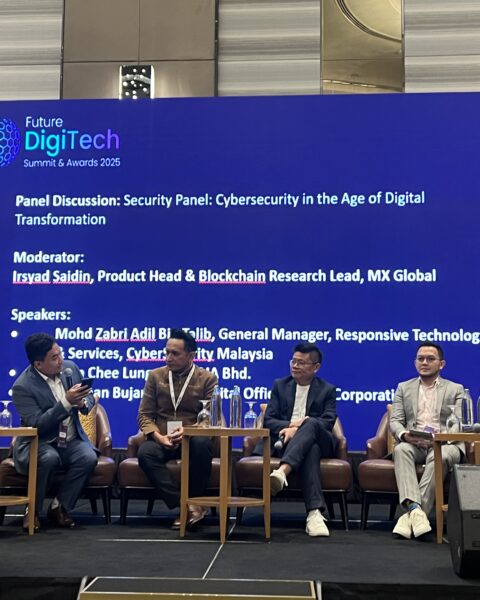Blockchain technology is a distributed ledger that creates a decentralized network on which users could make transactions and develop apps without necessitating a central authority or servers. Blockchain is the foundation for networks like Bitcoin and Ethereum, as well as dozens of applications with utility and value in areas as diverse as banking, fashion, and gaming. Blockchain, with further improvement, has the potential to be a foundational technology in our digital future.
Blockchain Technology
Simply said, a blockchain is a distributed record of data — for example, transactions or code — that is set into blocks, checked, and then approved as part of the blockchain by a network of distributed users via a consensus process. So that each validated data block carries a unique signature of data from the previous block, they are permanently connected into a “block-chain.” A blockchain protocol’s core technical design is agreed upon through a network-based consensus process.
Blockchain networks’ decentralized nature enables businesses such as cryptocurrency and decentralized finance (DeFi), as Bitcoin and Ethereum demonstrate and support dozens of applications across the business and human interaction spectrum.
Blockchain networks are driven by incentive mechanisms. A community of users, node operators, developers, and miners who all play roles in a mutually beneficial network ecosystem is required for a well-functioning public blockchain. As an example: Rewards such as newly minted cryptocurrency or transaction fees drive network members to compete to validate transactions and build new blocks in many blockchain networks. This framework of incentives and validation also protects the network from illegal or fraudulent activities.
The philosophical origins of blockchain may be traced as far back as cryptographers in the early 1980s. Indeed, the current blockchain sector originated with Bitcoin, a peer-to-peer (P2P) digital payments technology created by the pseudonymous Satoshi Nakamoto and launched in January 2009. Bitcoin (BTC), the native cryptocurrency of Bitcoin, is the most valuable cryptocurrency by market capitalization and the most well-known implementation of blockchain technology. Ethereum, which launched in 2015, is the second-largest cryptocurrency by market value and has helped to advance the technology. Ethereum extends the fundamental ideas of Bitcoin’s blockchain technologies to facilitate an ecosystem of decentralized applications (dApps), platforms, and digital assets.
There are a variety of blockchains, each with its own set of functions. For example, Bitcoin and Ethereum are open-source public blockchains that let anybody utilize or expand on their technology while eliminating the requirement for a trusted third party to process transactions. Private blockchains, on the other hand, limit who may participate in the network through a permissions system and are widely utilized by organizations looking to improve intracompany processes.
Main Features of Blockchain Technology
Instead of a single authority, blockchain depends on a decentralized network of users to validate and record transactions. This feature makes blockchain transactions affordable, consistent, efficient, secure, and tamper-proof.
Affordable: Blockchain networks are less expensive to run since there are no centralized and intermediaries.
Consistent: Blockchain networks function across the world, 24 hours a day, seven days a week.
Efficient: Fast: Transactions are transferred peer-to-peer, bypassing the need for one or more intermediaries.
Secure: The distributed network of nodes that underlies a blockchain provides mutual safeguards and outages.
Tamper-proof: Data is visible and cannot be changed after it has been timestamped to the ledger, protecting the blockchain from fraud and other harmful behavior. Similarly, everyone may observe the transactions on public blockchain networks.
Industries that Stand to Benefit from Blockchain Networks
Blockchain technology has proven effective in a wide range of industries, including banking, supply chain, real estate, and gaming. Companies and individuals may avoid the expense and frequently the uncertainty of interacting with third parties to perform normal business by implementing smart contracts, which are self-executing code stored and accessible on an immutable blockchain. Blockchain seems to be more efficient and widely accessible than traditional third-party payment providers in many respects.
Moreover, professions that rely on efficient and secure data ownership and management mechanisms, such as healthcare, the Internet of Things (IoT), and digital identification, are discovering new solutions driven in large part by blockchain network protocols. Blockchains empower users to stay anonymous and secure data transfers by using public-key cryptography (PKC), which provides users with a public key for receiving transactions and a private key for submitting transactions.
Thoughts About Blockchain Technology
Even now, blockchains are vulnerable to breaches and centralized control, especially those without a strong ecosystem of network participants or a validated consensus process. Blockchains differ in terms of decentralization and throughput, or the quantity of data they can process in a given length of time. A lot of focus is on addressing what’s known as the Blockchain Trilemma, balancing and optimizing scalability, decentralization, and security in a single network.
Numerous different blockchain-related problems are around environmental concerns. For example, the Proof-of-Work (PoW) consensus mechanism frequently requires huge amounts of power to operate. Other concerns revolve around the technological complexity and intimidation factor that blockchain technology might provide to industries and users, respectively.
The prompt development of cryptocurrency in the world’s economic arena was only the first milestone toward blockchain technology and is also an essential component of a business and our daily lives. More industries are experimenting with blockchain technology, and more users are becoming conscious of the importance and benefits that blockchain-based goods and services may provide in their everyday lives. Along with the expansion of the blockchain industry shows no signs of stopping, and the technology shows enormous potential for becoming a component of or completely replacing, our world’s digital infrastructure in the future.
Are you ready to dive into cryptocurrencies?
Join us for more updates: Facebook | Telegram | Linkedin | Twitter
MX Global– Built in Malaysia for Malaysians
DISCLAIMER:
Any opinions, news, research, analyses, prices, or other information discussed in this presentation or linked to from this presentation are provided as general market commentary and do not constitute investment advice.
MX Global Team does not accept liability for any loss or damage, including without limitation to, any loss of profit, which may arise directly or indirectly from the use of or reliance on such information.









